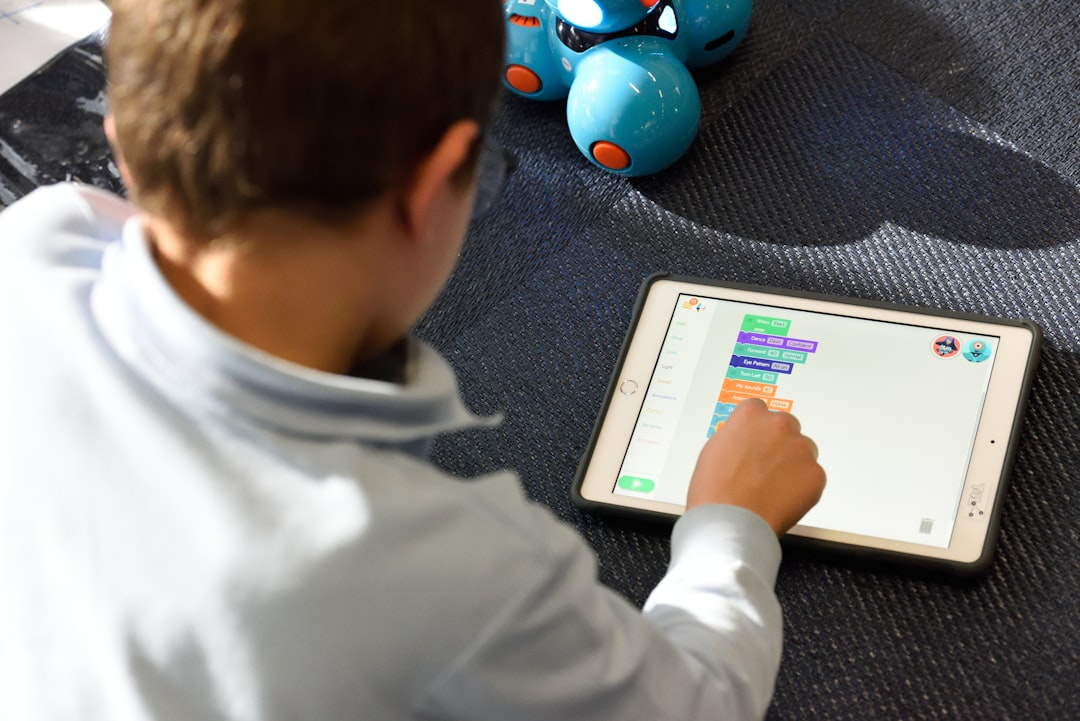In the rapidly evolving world we live in, technology and education have become increasingly intertwined, especially when it comes to our children’s learning environments. Gone are the days of blackboards and chalk; replaced by interactive digital tools that promise a more engaging, personalized, and accessible learning experience. This article explores how these technological advancements are revolutionizing education for kids, highlighting key areas where these innovations are making significant impacts.
Interactive Learning Environments
The traditional passive learning model is being rapidly transformed by interactive technology. Smartboards, tablets, and VR (Virtual Reality) headsets are now common in many classrooms, offering children an immersive learning experience. Interactive tech tools not only make learning more engaging but also enhance retention through interactive simulations and virtual field trips. This hands-on approach caters to various learning styles and abilities, ensuring that no child is left behind.
Personalized Learning Experiences
Technology’s ability to tailor educational content to the needs of each individual student is perhaps one of its most significant advancements. Adaptive learning software assesses a child’s current knowledge base and learning speed, adjusting the curriculum accordingly. This personalized approach helps identify strengths and weaknesses, allowing educators and technology to work hand-in-hand to provide content that challenges and aids growth at a comfortable pace for each student.
Accessibility for All
One of the most profound benefits of technology in education is its ability to level the playing field for all children, including those with disabilities. Assistive technologies, such as speech-to-text programs and audiobooks, provide alternative access to learning materials. Online platforms and e-learning tools facilitate education for kids in remote areas, ensuring that geographical and physical barriers no longer hinder access to quality education.
Digital Literacy Skills
In a world where digital literacy is as important as reading and writing, integrating technology into education from an early age is crucial. Schools are incorporating coding, digital arts, and computer science into their curricula, equipping children with the skills necessary for future careers. Early exposure to these disciplines not only sparks interest but also enhances problem-solving and analytical skills.
Safe and Responsible Use of Technology
With great power comes great responsibility, and teaching children how to use technology safely and responsibly is integral to their education. Cybersecurity basics, understanding digital footprints, and recognizing appropriate online behavior are essential lessons that need to be instilled at a young age. Educators and parents must work together to ensure that children understand the implications of their online actions and the importance of internet safety.
In conclusion, the intersection of technology and education offers a myriad of opportunities for enhancing children’s learning experiences. By embracing these technological tools, we can provide our children with a dynamic education that prepares them for the future while ensuring they remain safe and responsible digital citizens. As we continue to explore and integrate new technologies into educational curricula, it is clear that the future of education is here, and it’s digital.






